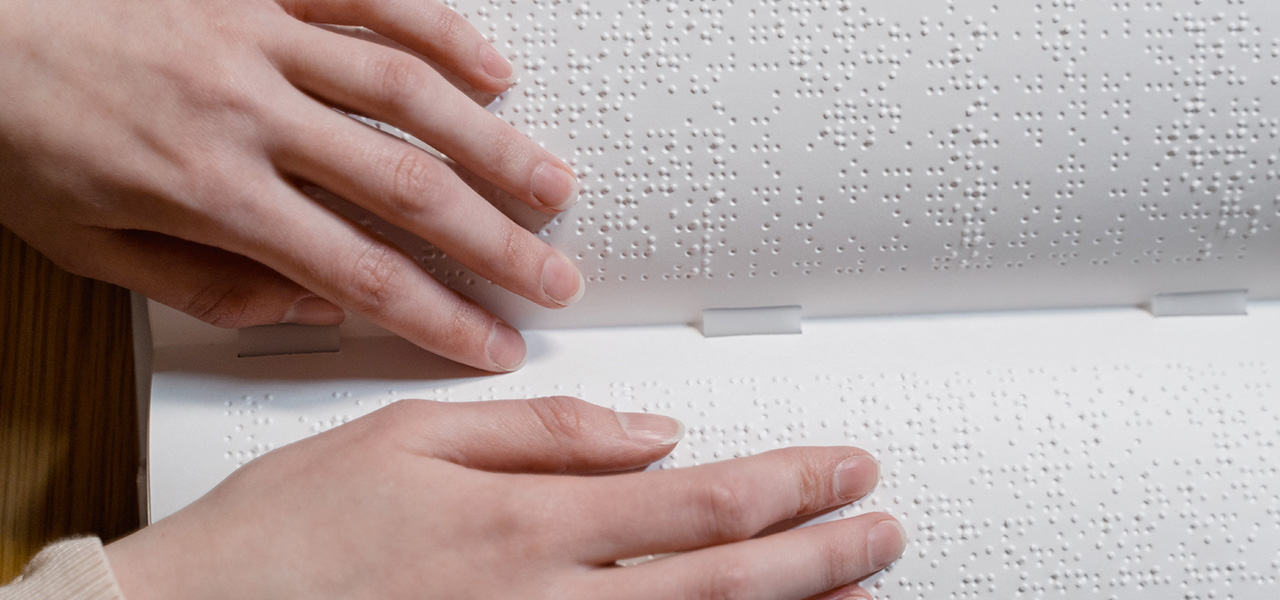We are well aware of the sensory experience that comes from approaching the world of music, especially then in the world of opera where there are admixtures of various arts. So we wondered if a special proposal had ever been thought of to be able to offer the beauty of this world to just about everyone. We found that the avant-garde project InclusivOpera in 2019, allowed sensory disabled people to enjoy the three scheduled performances at the Sferisterio in Macerata through special supports and guided tours.
Participants were able to touch the costumes, sets and instruments of the orchestra. Coordinator Elena Di Giovanni said, “We manage to create useful supports for all spectators to make the appointments truly inclusive.”
The Macerata Opera opens up to accessibility projects to bring the magic of opera to sensory disabled people of all ages.
A cutting-edge project, throughout Italy and beyond, in which the word inclusion becomes one of the key motives used to guide so many aspects of the enjoyment of performances. For the twelfth consecutive year, the Mof will provide audio descriptions in Italian of all the works on the bill, audio introductions in English, tactile paths reserved for the blind, and Lis paths for the deaf to discover the stage, backstage, tailoring, and musical instruments.
The enjoyment of music will then pass through other sensory paths, touching the fabrics and sets for example for the blind, or resting the hand on the instruments while they play to make the vibrations of the music understood by the deaf. “Between routes and evenings we have about 350 sensory disabled people who will come to the Sferisterio from all over Italy to take advantage of this service,” explains coordinator Elena Di Giovanni, a lecturer at the University of Macerata. “With us we collaborate the many realities involved in the performances, the Form, the choir, the actors and the Sferisterio staff. We also gather feedback to understand how we can improve in the coming years.” Usually the third weekend of the opera coincides with the accessible weekend where guests can “get their hands” on all the components of the performances: the instruments, the sets, the costumes. An experimental tour led by two blind girls to discover Carmen was also inaugurated, and participants were able to meet the protagonist Irene Roberts. The tour ended with one of the two guides performing Carmen’s most famous arias on the piano.
“Everything about inclusion then actually can be used by every spectator, not just those with disabilities,” explained Superintendent Luciano Messi, “think for example of supertitles. Every attention is then transformed into a service for spectators also helping us to think of new forms and new tools to improve the enjoyment of the works and the entire city.” Audio-descriptions can also turn out to be a valuable source of information for every viewer: “It is the directors themselves who describe their scenic choices to us,” Elena Di Giovanni concludes, “this helps to understand details that might otherwise remain inaccessible. All descriptions are then available on the website and thus easily accessible.” In 2018, the InclusivOpera project was awarded the National Inclusion 3.0 Award. All routes are free of charge and available for up to 35 people while tickets to the performances are available at a subsidized rate.
We were pleasantly impressed by this admirable initiative, which we hope can always find a place and concreteness, to offer true beauty just for everyone!


